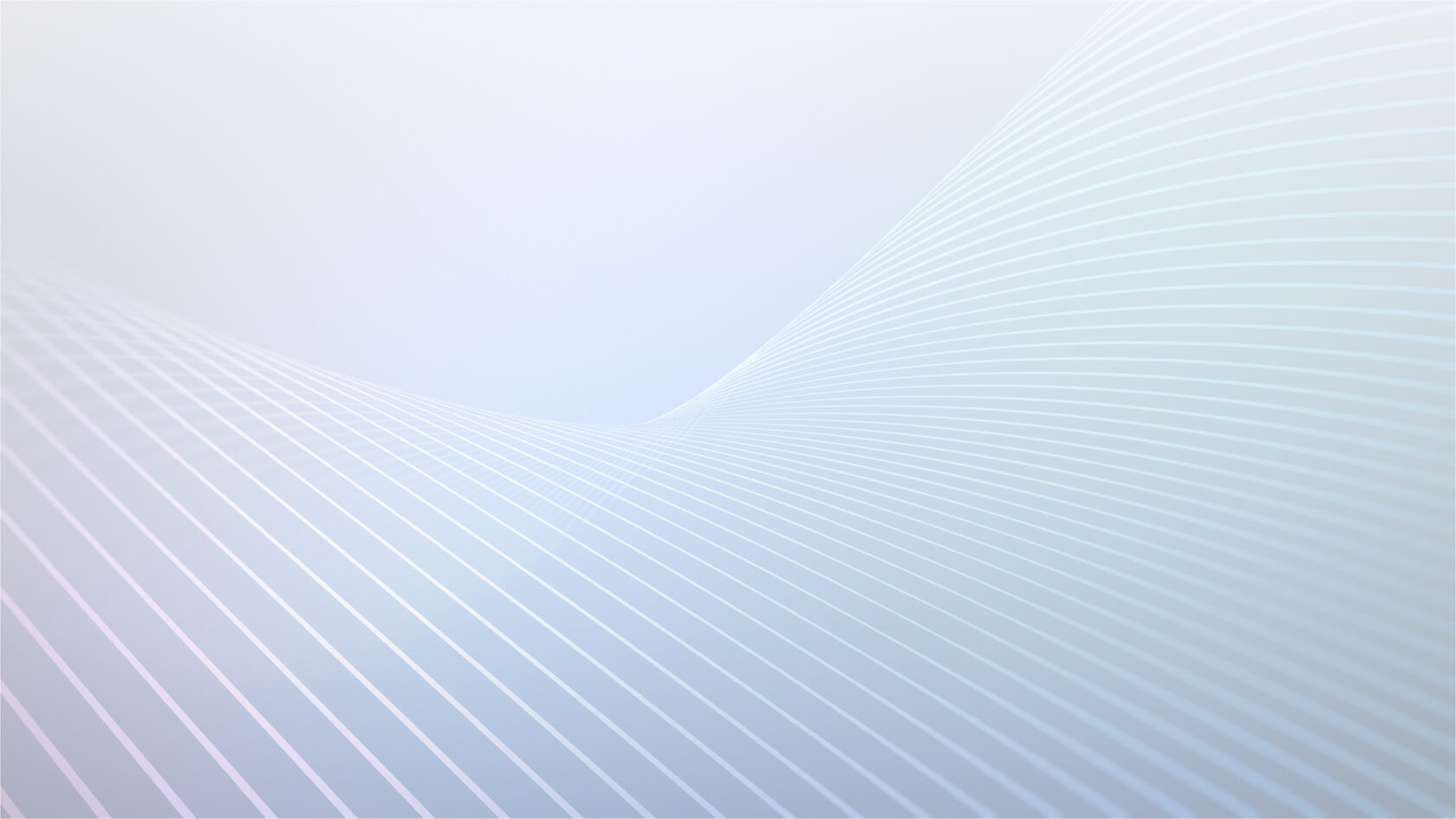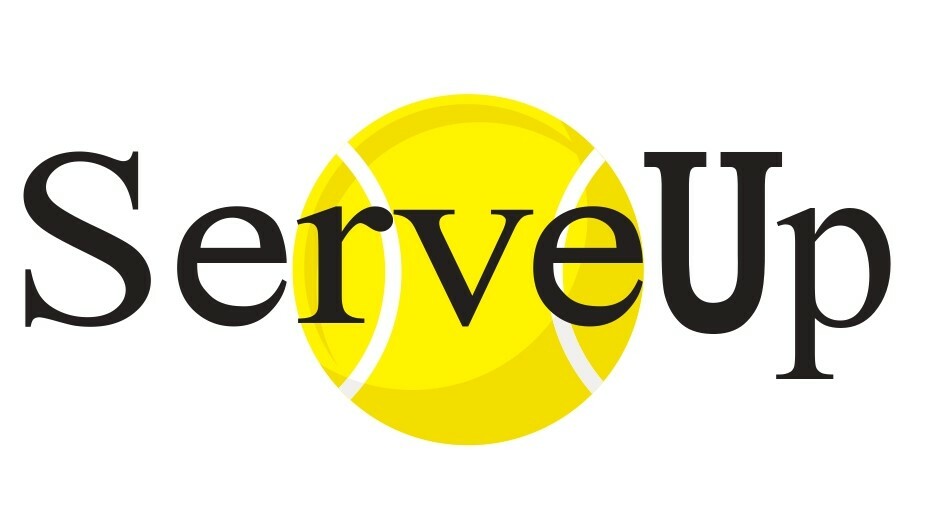ServeUp
Every tennis player knows that improving hand strength and speed is a long and very complex process.
To solve this difficult task, tennis and fitness coaches and also players have adapted over a long period elastic bands, rod-suspended ball, weighted balls and other objects for training. Many years of training show that such sporting devices are clearly not enough to achieve success in this complex shot in the game. Moreover, these devices are not very effective when it comes to developing pronation and reinforcing biomechanical motion of hand, accurately imitating a serve.
For this and other reasons, among tennis players who could serve, like Pete Sampras, and Sirena Williams at a speed of 200-250 km / h and do aces, over the years there were not much tennis players.
It has always been believed that it is impossible to improve the serve if a tennis player does not naturally have the strength and speed of hitting the ball.
To find the optimal way to develop the biomechanics of the arm movement and find the muscle that will improve the serve, inventors from France, tennis players, tennis and fitness coaches and doctors of medical sciences, professor have conducted a system analysis in improving the serve.
As a result, specialists have designed and manufactured an effective ServeUp simulator and racket weights of 25 grams (to gradually increase the weight of the racket from 25 to 200 grams), where three exercises are performed to improve the serve and knee support
The ServeUp tennis simulator is designed to increase the speed of the ball and the percentage of hits into the service box on the first and second serves.
During the exercise, the weight of the racket increases from 50 g to 200 g, depending on the age and physical conditions of the player.
Starting the workout, the player kneels on the pad. Such a stance is the most advantageous position of the player, in which the body and legs do not interfere, to ensure the best balance and concentration when executing the strike.
On the ServeUp simulator, a tennis player performs three different exercises:
1. Striking the ball with the racket and only with the hand movement to develop the pronation.
2. Hitting the ball while doing the first serve motion to develop the strength and speed of the first serve.
3. Hitting the ball doing a kick serve motion to give the ball a strong spin to develop the second serve.
These exercises allow to:
- strengthen the shoulder, arm and hand muscles involved in the first and second serves;
- improve the biomechanics of the arm and hand pronation;
- develop the muscle memory and practice the serve until it becomes automatic;
- strengthen the kinetic chain in the serving loop, increase the speed of the ball and percentage of hits into the service box;
- master the hitting technique;
- strengthen the muscles of the serving arm so that they can prevent or reduce typical injuries that may occur not only on the serve, but also in making other strokes when playing tennis.
The simulator allows you to train different types of players such as adjusting the heights of the simulator, starting from the age of 7. Adapted for right-handers and left-handers.
Additional benefits of ServeUp
1. This simulator is compact, space-saving and easy to set up and move. Weight - 19 kg. Can be used outdoors and indoors and in appartements.
2. A tennis player is not distracted with various inconveniences when practicing the serve on court, using a basket of balls.
3.The time required for the exercises is much less than that for conventional training and the effect is much greater.
To solve this difficult task, tennis and fitness coaches and also players have adapted over a long period elastic bands, rod-suspended ball, weighted balls and other objects for training. Many years of training show that such sporting devices are clearly not enough to achieve success in this complex shot in the game. Moreover, these devices are not very effective when it comes to developing pronation and reinforcing biomechanical motion of hand, accurately imitating a serve.
For this and other reasons, among tennis players who could serve, like Pete Sampras, and Sirena Williams at a speed of 200-250 km / h and do aces, over the years there were not much tennis players.
It has always been believed that it is impossible to improve the serve if a tennis player does not naturally have the strength and speed of hitting the ball.
To find the optimal way to develop the biomechanics of the arm movement and find the muscle that will improve the serve, inventors from France, tennis players, tennis and fitness coaches and doctors of medical sciences, professor have conducted a system analysis in improving the serve.
As a result, specialists have designed and manufactured an effective ServeUp simulator and racket weights of 25 grams (to gradually increase the weight of the racket from 25 to 200 grams), where three exercises are performed to improve the serve and knee support
The ServeUp tennis simulator is designed to increase the speed of the ball and the percentage of hits into the service box on the first and second serves.
During the exercise, the weight of the racket increases from 50 g to 200 g, depending on the age and physical conditions of the player.
Starting the workout, the player kneels on the pad. Such a stance is the most advantageous position of the player, in which the body and legs do not interfere, to ensure the best balance and concentration when executing the strike.
On the ServeUp simulator, a tennis player performs three different exercises:
1. Striking the ball with the racket and only with the hand movement to develop the pronation.
2. Hitting the ball while doing the first serve motion to develop the strength and speed of the first serve.
3. Hitting the ball doing a kick serve motion to give the ball a strong spin to develop the second serve.
These exercises allow to:
- strengthen the shoulder, arm and hand muscles involved in the first and second serves;
- improve the biomechanics of the arm and hand pronation;
- develop the muscle memory and practice the serve until it becomes automatic;
- strengthen the kinetic chain in the serving loop, increase the speed of the ball and percentage of hits into the service box;
- master the hitting technique;
- strengthen the muscles of the serving arm so that they can prevent or reduce typical injuries that may occur not only on the serve, but also in making other strokes when playing tennis.
The simulator allows you to train different types of players such as adjusting the heights of the simulator, starting from the age of 7. Adapted for right-handers and left-handers.
Additional benefits of ServeUp
1. This simulator is compact, space-saving and easy to set up and move. Weight - 19 kg. Can be used outdoors and indoors and in appartements.
2. A tennis player is not distracted with various inconveniences when practicing the serve on court, using a basket of balls.
3.The time required for the exercises is much less than that for conventional training and the effect is much greater.








